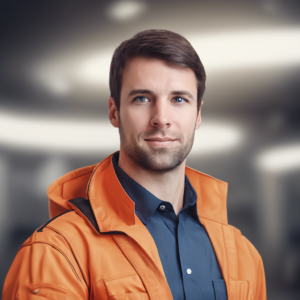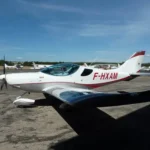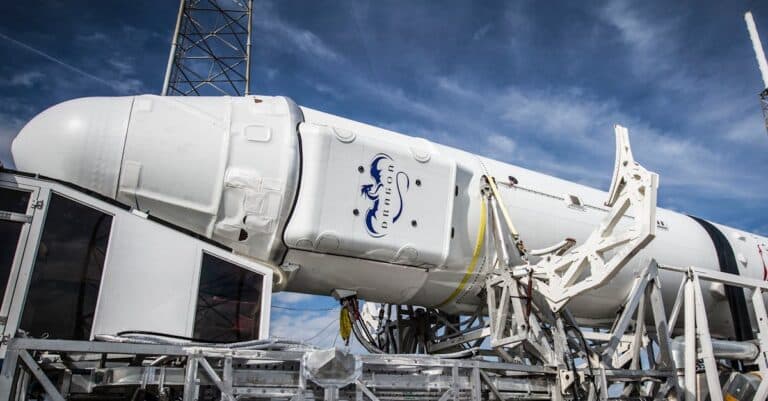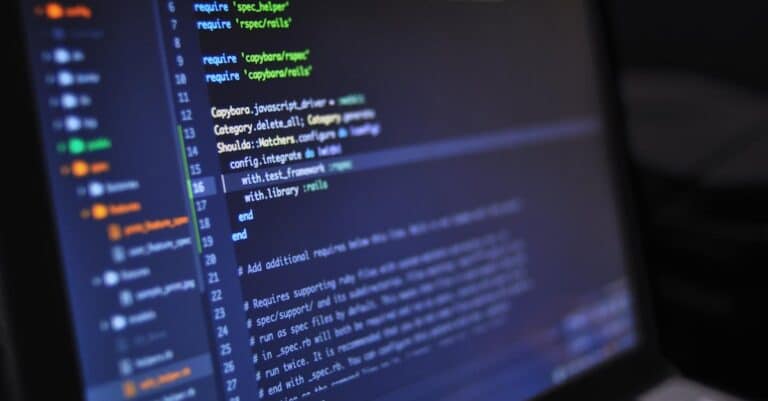THE UAVs, Or Unmanned Aerial Vehicles, are emerging as flagship technologies, profoundly transforming the field of aeromodelling. These flying devices, which operate without a pilot on board, exploit a sophisticated combination of automatic control and of remote, paving the way for unrivaled flight experiences. Thanks to their capacity for autonomy and their adaptation to environmental conditions, UAVs offer expanded creative and technical possibilities, thereby redefining the standards of piloting and design of model aircraft. Their varied applications, ranging from aerial photography to surveillance, illustrate how this innovative technology is disrupting traditional aeromodelling practices while attracting an enthusiastic new audience.
A UAVs (Unmanned Aerial Vehicle), or unmanned aerial vehicle, is a type of aircraft that operates without an occupant on board. Originally designed for military applications, this technological device has quickly evolved to be integrated into various sectors, ranging from surveillance to aerial photography, precision agriculture and mapping.
THE drones, synonymous with UAV, are characterized by their ability to be piloted autonomously or by remote control. Their operation relies on complex systems, including components such as gyroscopes, GPS sensors, and flight control units, which guarantee exceptional stability and maneuverability during flight.
In the field ofaeromodelling, the appearance of UAVs marked a real revolution. This exciting hobby, which focuses on assembling and piloting model airplanes, helicopters or multirotors, has benefited from recent technological advances linked to drones. With increasingly accessible equipment, model aircraft enthusiasts can now experience exceptional flight performance while becoming familiar with cutting-edge tools.
One of the most fascinating aspects of UAVs is their autonomy. Using artificial intelligence and advanced algorithms, these devices can make real-time decisions to adapt to changing conditions during flight. This opens a new field of experimentation for model aircraft enthusiasts who explore more elaborate scenarios and complex maneuvers, thus enriching their piloting experience.
Furthermore, UAVs have also become learning tools for new generations of pilots and engineers. Their use in model aircraft allows participants to learn valuable technical skills, such as understanding the principles of aerodynamics, programming automated flight systems and managing telemetry, while stimulating their creativity.
However, with this evolution drones, challenges also arise. Regulations regarding security air and privacy are becoming more important. These considerations are essential for the development of the UAV industry, and model aircraft enthusiasts often find themselves facing restrictions that can limit their passion.
In summary, UAVs are transforming the model aircraft landscape, providing new opportunities for learning and experimentation. The integration of advanced technologies allows enthusiasts to develop their skills while enjoying a unique flight experience. With the growing adoption of these devices, it is undeniable that model aircraft are entering a new era, rich in innovation and possibilities.
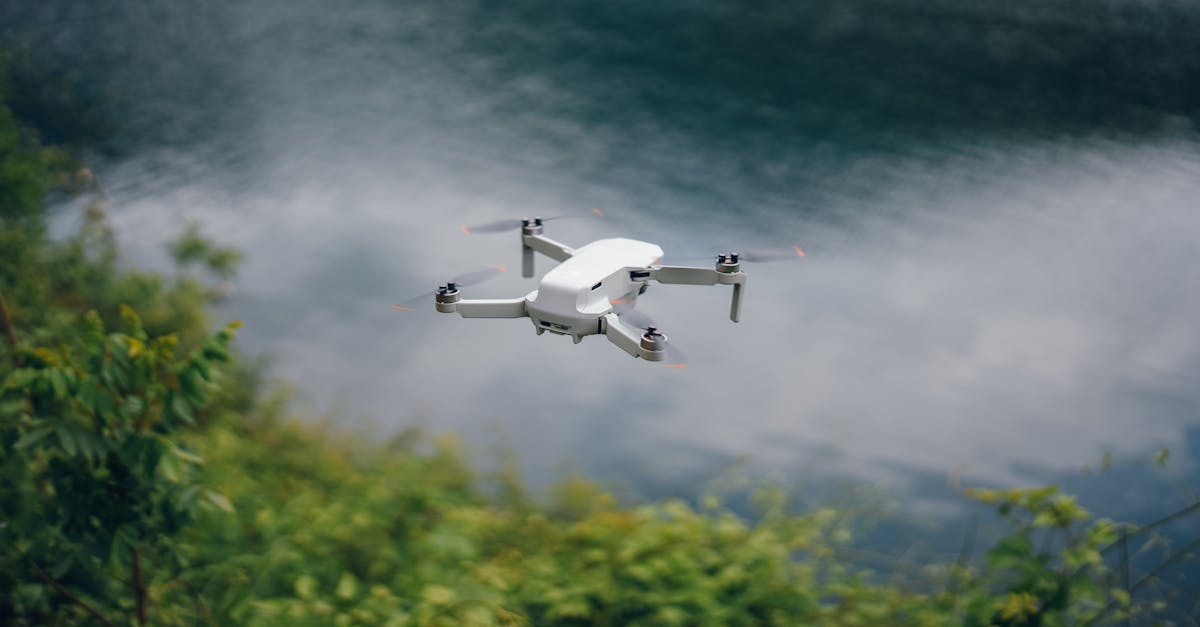
FAQ about UAVs and their impact on model aircraft
What is a UAV? A UAV, or Unmanned Aerial Vehicle, is an aerial vehicle which does not have a pilot on board. It can be controlled remotely or fly autonomously using sophisticated navigation systems.
How are UAVs revolutionizing model aircraft? UAVs, thanks to their advanced technology, allow model aircraft enthusiasts to experience unique flight experiences, offering both new piloting possibilities and enriching technical challenges.
What advantages do UAVs bring compared to traditional models? UAVs are often more accessible in terms of cost and maintenance, while still offering features such as automatic stabilization and the aerial image capture high quality.
Are there any restrictions for using a UAV in model aircraft? Yes, the use of UAVs is subject to specific regulations which vary by country, particularly regarding flight altitude and prohibited areas.
Can UAVs be used for professional missions? Absolutely, many industries, such as construction and surveillance, use UAVs to collect accurate data and perform inspections without risk to ground crews.
How to train in the use of UAVs? There are various courses and manuals that teach the skills needed to fly a UAV, from building models to understanding navigation systems.
Do UAVs represent a threat to classic model aircraft? Although UAVs may undermine some traditional practices, they also provide an opportunity for evolution and synergy between aeromodeling and new technologies.

